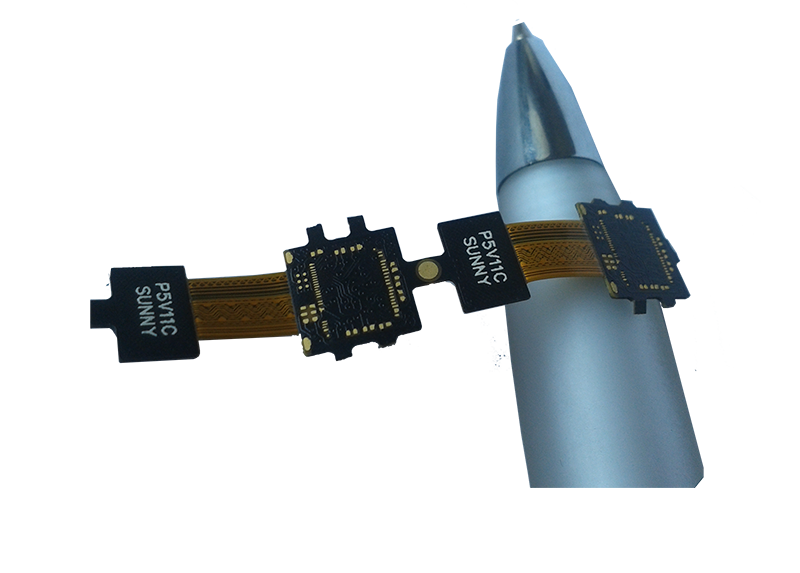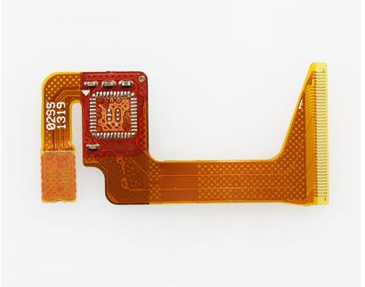What is a Rigid Flex PCB?
Rigid flex printed circuit boards are boards that use a combination of flexible and rigid board technologies.
Most rigid flex boards consist of multiple layers of flexible circuit substrates attached to one or more rigid boards externally and/or internally,
depending upon the design of the application.
The flexible substrates are designed to be in a constant state of flex and are usually formed into the flexed curve during manufacturing or installation.
Rigid flex designs are more challenging than the design of a typical rigid board environment,
as these boards are designed in a 3D space, offering greater spatial efficiency.
By being able to design in three dimensions designers can twist, fold and roll the flexible board substrates to achieve their desired shape for the final application’s package.

Rigid Flex PCB Technology and Production Process
Whether producing a rigid flex prototype or production quantities requiring large scale PCB fabrication and PCB assembly,
the technology is well proven and reliable.
The flex PCB portion is particularly good in overcoming space and weight issues with spatial degrees of freedom.
Careful consideration of flex-rigid solutions and a proper assessment of the available options at the early stages in the PCB design phase will return significant benefits.
It is critical the PCB fabricator is involved early in the design process to ensure the design and fab portions are both in coordination and to account for final product variations.
The manufacturing phase is also more complex and time consuming than rigid board fabrication.
All the flexible components of the rigid flex assembly have completely different handling, etching and soldering processes than rigid FR4 boards.

types of design rigid flex pcb
1. Single-sided rigid flex PCB: This type of PCB consists of a single rigid layer and a single flexible layer.
2. Double-sided rigid flex PCB: This type of PCB consists of two rigid layers and one or more flexible layers.
3. Multi-layer rigid flex PCB: This type of PCB consists of multiple rigid and flexible layers, which are interconnected using vias.
4. Sculptured flex PCB: This type of PCB is designed to fit into a specific shape or contour, making it ideal for applications where space is limited.
5. Dynamic flex PCB: This type of PCB is designed to bend and flex repeatedly, making it ideal for applications where the PCB will be subjected to constant movement.
6. Stacked rigid flex PCB: This type of PCB consists of multiple rigid layers and multiple flexible layers, which are stacked on top of each other to create a compact and efficient design.
7. Hybrid rigid flex PCB: This type of PCB combines different materials, such as FR-4 and polyimide, to create a customized design that meets specific requirements.
Other PCB products, you may interesting









